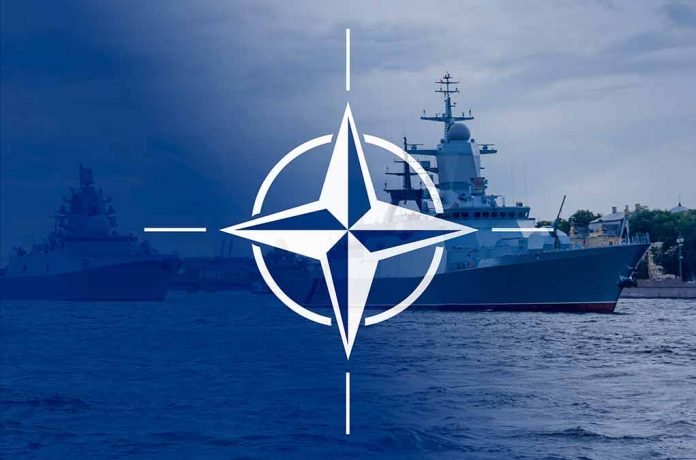
The intricate web of global communications faces a critical threat as Russia potentially targets undersea cables, prompting a strong response from NATO and allied nations.
Key Takeaways
- Russia is suspected of orchestrating attacks on undersea cables in the Baltic and North Seas, causing outages.
- A shadow fleet of over 1,400 vessels complicates monitoring efforts, potentially exploiting vulnerabilities.
- NATO and telecom companies pressure governments to improve defenses against these covert operations.
- Legal challenges exist, with difficulties policing outside territorial waters.
- Incidents highlight the susceptibility of critical infrastructure that bears 95% of global data transmission.
Suspected Russian Attacks on Undersea Cables
Russia stands accused of endangering global communications by deliberately disrupting undersea cables. Recent incidents in the Baltic and North Seas have severed links crucial for data transmission. Reports suggest that aging tankers, possibly part of Russia’s “shadow fleet,” are responsible for causing significant outages. European officials assert these are coordinated acts against critical infrastructure, which could severely impact international communications and key services.
The shadow fleet’s operations, potentially exceeding 1,400 vessels, utilize tankers and older ships, complicating exact monitoring. Analysts believe this fleet operates under the guise of evading sanctions, supporting intelligence-gathering missions and infrastructure disruption. Such “grey zone” tactics reportedly serve to challenge Western rivals without triggering direct military confrontation.
How robot submarines fight to keep the UK's lights on in North Sea drone battle | Cahal Milmo, iNews
As Russia likely deploys autonomous submarines to map and monitor vital data cables in UK waters, the “drone war” that has developed in the skies above the battlefields of… pic.twitter.com/K6zKvy0ttt
— Owen Gregorian (@OwenGregorian) December 25, 2024
Global Internet Blackouts: A Looming Threat
NATO faces warnings of potential worldwide internet blackouts following these suspected Russian sabotage missions. Leading telecom providers, including Vodafone and Orange, have alerted UK, EU, and NATO officials about increased risks to critical services. An open letter stressed that damage to these cables impacts much more than connectivity, jeopardizing financial transactions and power infrastructure. Concerns are particularly urgent in areas like the Baltic Sea, where shallow waters make cables more accessible.
Since October 2023, at least 11 critical subsea cables have been damaged. Observations of more than 50 Russian ships in high-density cable areas add to suspicions. UK authorities are focusing on the Russian spy ship Yantar, known for mapping undersea infrastructure. As NATO deploys its forces, legal challenges continue to hinder policing outside national waters, complicating prosecutorial efforts.
Protecting Vulnerable Infrastructure
Nations are scrambling to defend these vital communication lines, which carry 95% of international data. The UK’s national security strategy committee has begun inquiries to assess its capacity to protect undersea infrastructure. In parallel, NATO has initiated operations like the “Baltic Sentry” program to safeguard these essential systems. As threats mount, experts urge enhanced security measures to prevent catastrophic blackouts that could destabilize the global economy.
The political landscape is tense, recognizing asymmetric warfare in global conflicts and the targeting of infrastructure as a primary weapon. The focus remains on safeguarding the backbone of global communication systems, maintaining vigilance, and implementing stronger preventive measures against these menacing threats.
Sources:
- Cable-slicing ships show Russia pressing on a Western weak spot
- Russian cable attacks ‘threaten to cut off world’s internet’
- Europe’s new war with Russia: Deep sea sabotage – POLITICO
- Russia could cause ‘worldwide internet blackouts’ by sabotaging undersea cables as Nato warned over danger posed to ‘defenceless’ cables used for vital infrastructure | Daily Mail Online



